In the rapidly evolving world of influencer marketing, brands continuously strive to unlock the full potential of their campaigns. A critical tool in this endeavor is A/B testing – a method that might sound complex at first but is fundamentally about understanding what truly resonates with your audience. In this comprehensive guide, we’ll explore why A/B testing is indispensable in fine-tuning your influencer marketing strategy and how to implement it effectively for maximum impact.
Understanding A/B Testing in Influencer Marketing
What is A/B Testing?
A/B testing, also known as split testing, is a marketing strategy where two versions of content (A and B) are compared to determine which performs better in terms of engaging the audience and driving conversions. In the context of influencer marketing, this could mean testing different aspects of influencer content, such as captions, images, posting times, or even the influencers themselves.
The Relevance of A/B Testing in Influencer Marketing
A/B testing in influencer marketing is more than just finding out which post gets more likes. It’s about understanding which elements in your strategy lead to higher engagement, better audience reach, and, ultimately, more conversions. This strategy helps brands to move away from guesswork and make data-driven decisions that optimize marketing budgets and campaign effectiveness.
Crafting an Effective A/B Testing Strategy
Identifying Key Variables for Testing
The first step in A/B testing is identifying what you want to test. This might include content type (image vs. video), caption style (informative vs. witty), posting time (morning vs. evening), or different calls to action. Select variables that you believe have a significant impact on your campaign’s performance.
Setting Clear Goals and Hypotheses
Before running any tests, clearly define what success looks like. Are you aiming for more website visits, increased sales, or higher engagement rates? Set specific, measurable goals and formulate hypotheses on what changes could improve performance. For example, if you hypothesize that videos lead to better engagement than images, your A/B test will directly assess if this is true.
Implementing A/B Testing with Influencers
Collaborating with Influencers for Split Testing
A/B testing requires close collaboration with influencers. They need to understand the importance of adhering to the test parameters – whether it’s posting at specific times or using different content formats. Clear communication and a shared understanding of the campaign goals are crucial for successful testing.
Managing and Measuring Test Campaigns
When running A/B tests, it’s vital to keep all other variables constant except for the one being tested. Use analytical tools to track engagement rates, click-through rates, conversion rates, and other relevant metrics to measure the performance of each version.
Analyzing A/B Testing Results
Interpreting Data for Insights
After your test period, analyze the results to glean insights. It’s not just about which option won but understanding why. For example, if a video posted by an influencer outperforms an image, consider why the video was more engaging. Was it the content, the influencer’s presentation style, or perhaps the time it was posted? Dive into the analytics to understand the nuances behind the numbers.
Making Informed Decisions
The end goal of A/B testing is to make informed decisions based on empirical data. This process might lead to refining your influencer selection, content types, or overall strategy. Use these insights to adjust and enhance future campaigns, ensuring each decision is data-backed.
The Importance of Continuous A/B Testing
Evolving with Audience Preferences
Audiences’ preferences and behaviors change over time, and what works today might not work tomorrow. Continuous A/B testing helps brands stay aligned with their audience’s evolving interests and behaviors, ensuring that influencer marketing strategies remain effective and relevant.
Innovating and Experimenting
A/B testing fosters a culture of innovation and experimentation. It encourages trying new things, whether it’s different content formats, new influencers, or unique campaign messages. This mindset can lead to breakthroughs in how influencer marketing is approached and executed.
Advanced Tactics in A/B Testing
Multi-variate Testing
For a more comprehensive analysis, consider multi-variate testing, where you test more than two versions simultaneously. This can give insights into how different combinations of variables work together, providing a deeper understanding of what resonates with your audience.
Segmenting Audiences for Better Insights
Segment your audience based on demographics, behaviors, or engagement levels, and run separate A/B tests for each segment. This approach can reveal valuable insights into how different audience segments react to various aspects of influencer content.
Overcoming Challenges in A/B Testing
Ensuring Statistical Significance
One common challenge in A/B testing is ensuring that the results are statistically significant and not just due to chance. This might require running tests over extended periods or across larger audience samples to guarantee that the results are reliable.
Balancing Creativity and Data
While data is crucial, it’s also important to balance the numbers with creativity. Influencers are creative individuals, and their content needs to feel authentic and engaging. Finding the sweet spot between data-driven strategy and creative freedom is key to successful influencer marketing campaigns.
Expanding Beyond Traditional A/B Testing
Leveraging Technology in A/B Testing
In today’s digital age, leveraging emerging technologies like AI and machine learning can take A/B testing beyond traditional boundaries. These technologies can predict audience reactions and automate the testing process, providing quicker and more accurate insights. For instance, AI can analyze large sets of data from previous campaigns to recommend the most effective content styles or best posting times.
Integrating A/B Testing Across Channels
A/B testing should not be limited to just the influencer’s content; it’s also essential to test how different marketing channels complement and amplify influencer campaigns. For example, testing the effectiveness of combining influencer posts with email marketing or paid ads can provide insights into the most effective multi-channel strategies.
Harnessing A/B Testing for Future Campaigns
Long-Term Strategic Planning
The insights gained from A/B testing should feed into long-term strategic planning. Understanding what works and what doesn’t allows for better forecasting and more strategic campaign planning. It helps in shaping not just immediate future campaigns but also long-term influencer partnerships and content strategies.
Building a Data-Driven Influencer Marketing Culture
Finally, effective A/B testing cultivates a data-driven culture within influencer marketing teams. This approach ensures decisions are based on analytics and performance metrics, leading to a more robust, results-focused strategy that continuously adapts and evolves with audience preferences and market trends.

Related: Check out our free SEO suite

Exploring Related Strategies in Influencer Marketing
Incorporating User-Generated Content (UGC)
Beyond A/B testing, leveraging user-generated content (UGC) can significantly enhance influencer marketing strategies. UGC, which includes reviews, testimonials, and other forms of content created by users rather than brands, offers authenticity and relatability. Collaborating with influencers to encourage or share UGC can provide a more organic appeal to campaigns.
Embracing Micro and Nano Influencers
While top-tier influencers with massive followings can offer wide reach, micro and nano influencers often boast higher engagement rates and niche audiences. They can offer more authentic, relatable content, leading to better audience connections. Brands looking to deepen audience relationships should consider integrating these influencers into their broader strategy.
Influencer Marketing in Emerging Platforms
Exploring new and emerging social platforms can also be fruitful. While platforms like Instagram and YouTube remain popular, newer platforms like TikTok or even niche forums can provide fresh opportunities. Each platform has its unique audience and content style, offering different advantages for influencer collaborations.
The Role of Virtual Influencers
The rise of virtual influencers, digital personas powered by AI and human teams, opens new avenues in influencer marketing. These influencers can provide consistent, controlled messaging and are immune to the controversies that can sometimes surround human influencers. While they lack the genuineness of real people, they can intrigue audiences and offer unique branding opportunities.
Ethics and Transparency
Finally, maintaining ethical standards and transparency is crucial in influencer marketing. With rising consumer awareness and regulatory scrutiny, brands and influencers need to clearly disclose partnerships and avoid misleading practices. Prioritizing ethics not only complies with legal requirements but also builds trust with audiences.
Maximizing Influencer Marketing Through Storytelling and Emotional Connection
Crafting Compelling Narratives
The power of storytelling in influencer marketing cannot be overstated. It’s not just about the products being promoted but the stories being told around them. Influencers who excel at storytelling can create an emotional resonance with their audience, leading to more effective campaigns. Brands should encourage influencers to weave their products into personal, relatable narratives, fostering a deeper connection with their audience.
Emphasizing Emotional Connections
Creating emotional connections with audiences can significantly amplify the impact of influencer marketing. Campaigns that evoke feelings—be it happiness, nostalgia, or even empathy—tend to be more memorable and shareable. Collaborating with influencers who understand and genuinely connect with their audience’s emotions can be far more effective than straightforward product endorsements.
Utilizing Video Content
In the digital age, video content is king. Videos, with their ability to combine visuals, dialogue, and music, offer a rich medium for storytelling and emotional engagement. They are also more likely to be shared across social platforms, increasing the reach of influencer campaigns. Encouraging influencers to use video content, such as tutorials, vlogs, or behind-the-scenes glimpses, can significantly enhance audience engagement.
The Role of Humor in Engagement
Humor can be a powerful tool in influencer marketing. Light-hearted, funny content not only grabs attention but also makes the brand more relatable. Influencers who incorporate humor in their content tend to have a more loyal and engaged following. Brands should consider partnering with influencers who can skillfully use humor to make their campaigns stand out.
Integrating Interactive Elements
Another strategy to boost influencer marketing is the integration of interactive elements like polls, quizzes, and contests. These elements can transform passive viewers into active participants, creating a more immersive experience and fostering a stronger connection with the brand.
Leveraging Nostalgia Marketing
Nostalgia marketing, which evokes warm, fond memories of the past, can be a unique approach in influencer campaigns. Influencers can tap into their audience’s nostalgia by referencing trends, products, or experiences from the past. This strategy often results in a higher emotional impact and can lead to increased engagement and brand loyalty.
Conclusion
To wrap up, influencer marketing in the digital age is much more than just getting a popular figure to endorse a product. It’s about authenticity, storytelling, emotional connections, and engagement. Brands that recognize and invest in these aspects are likely to see a significant return on their investment. The key is in selecting the right influencers whose values align with the brand, and who can communicate a message in a way that resonates with their audience. The strategies discussed here — from leveraging video content and humor to integrating interactive elements and nostalgia marketing — all serve to deepen the connection between the influencer, their audience, and the brand. The evolving landscape of influencer marketing demands innovation, creativity, and a keen understanding of consumer behavior. By focusing on authentic storytelling, emotional engagement, and interactive content, brands can create influencer campaigns that not only drive sales but also build a lasting brand image and loyalty among consumers. As we look to the future, the brands that will stand out are those that leverage these strategies to create genuine, impactful connections with their audience through the voices of influencers.
READ NEXT:
- Let’s Discuss How We Can Help Improve Your Business
- Influencer Marketing for the Finance Sector: Collaborating with Financial Experts
- 10X Your Digital Marketing Now! Skyrocket Your Leads in 30 Days
- Strategies for On-Page SEO for PDFs and Documents
- The Role of Interactive Content in Enhancing Influencer Marketing Campaigns

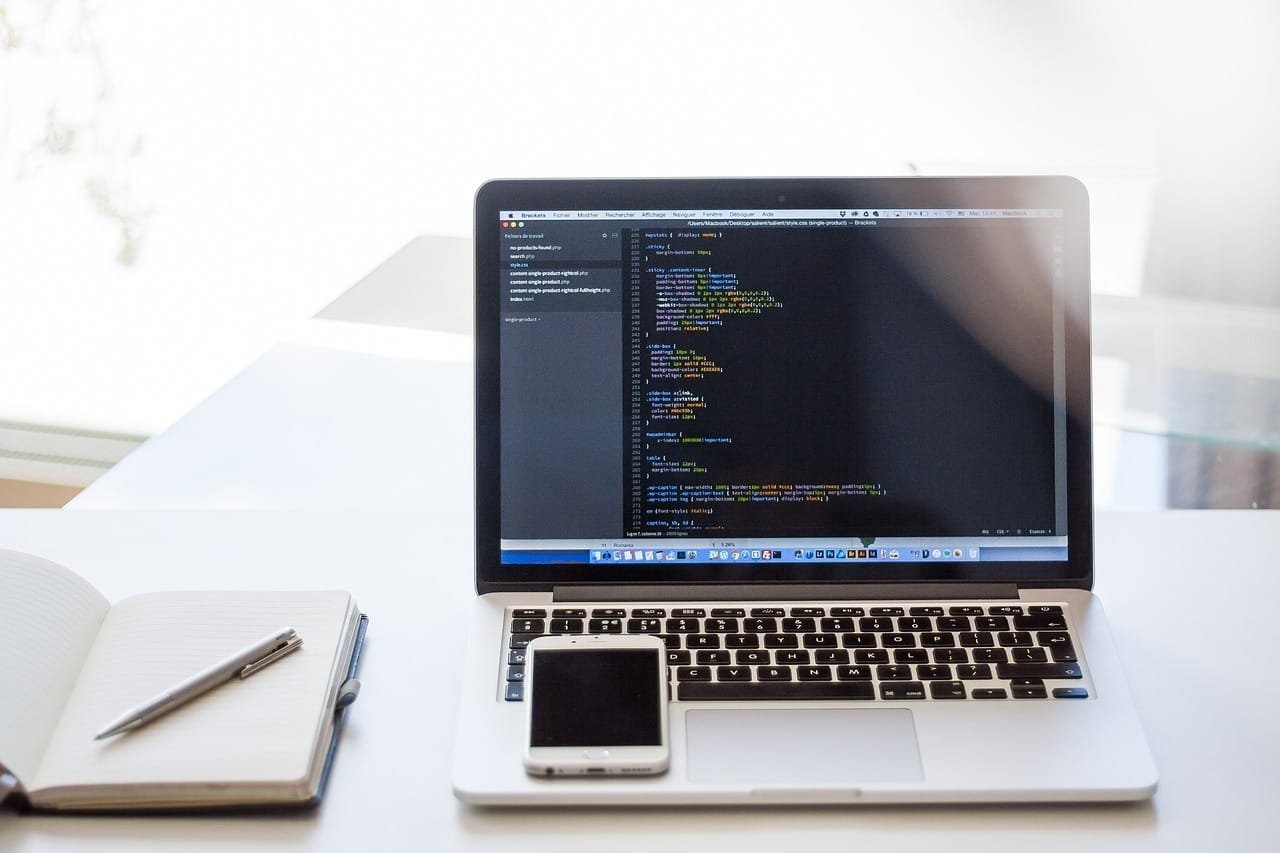


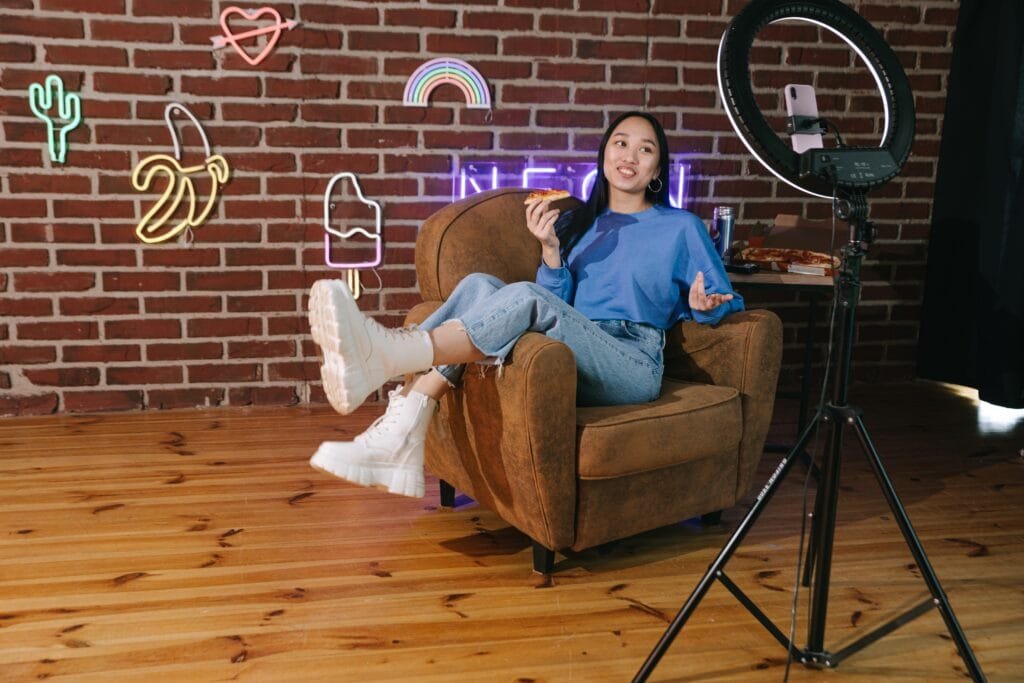











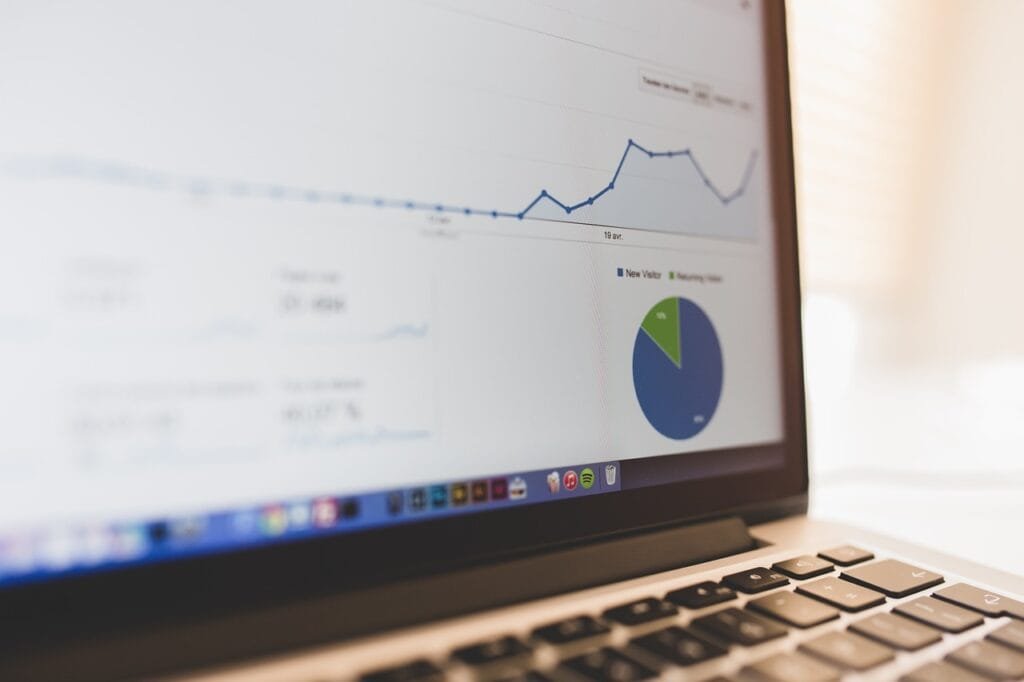
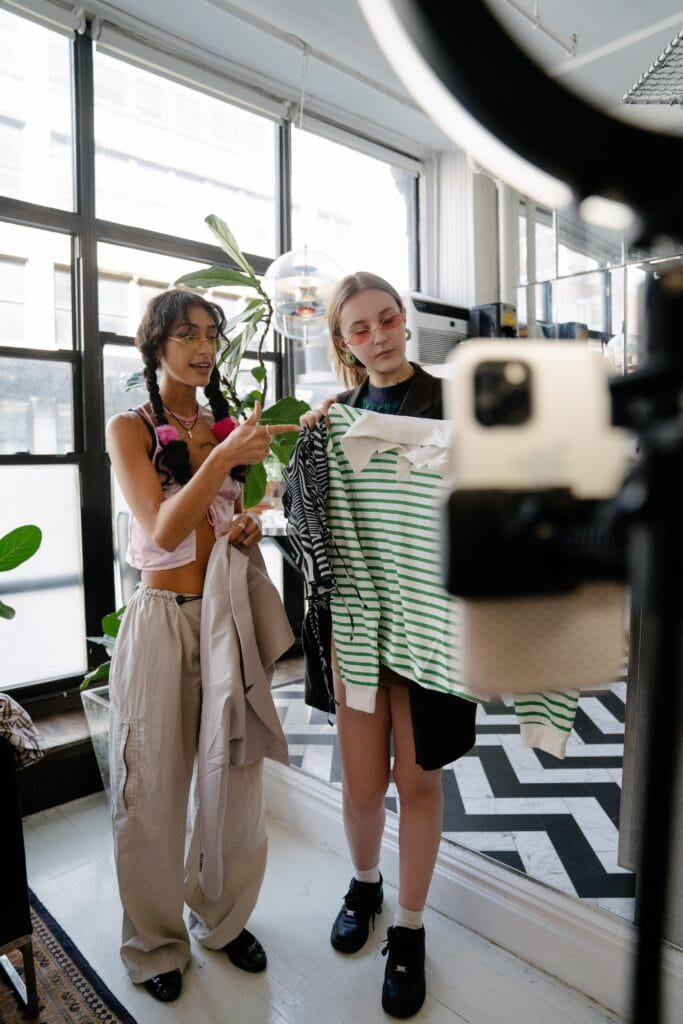
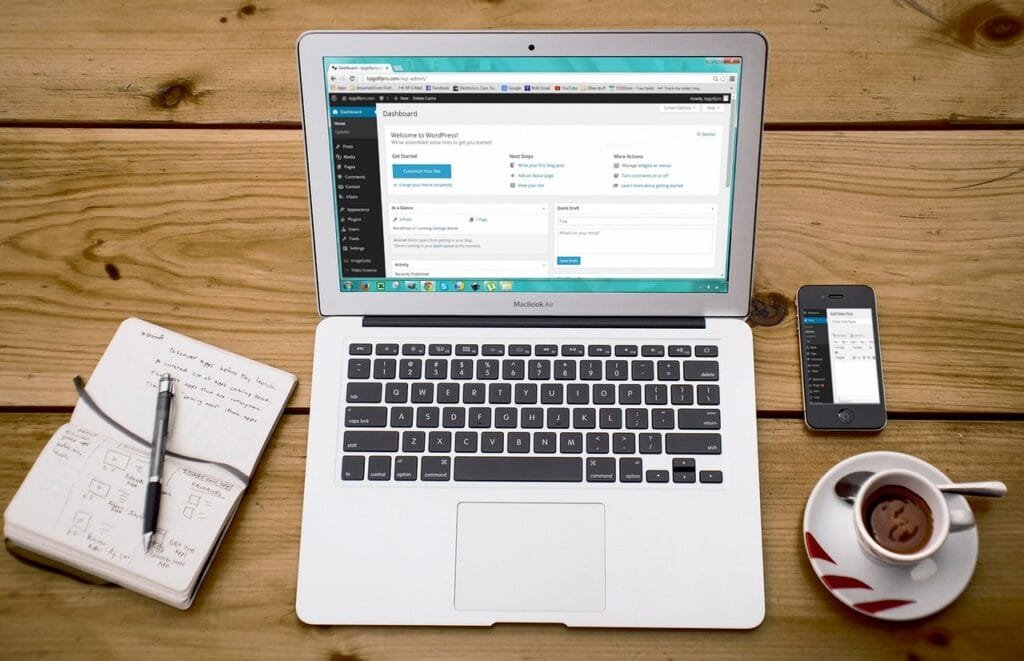
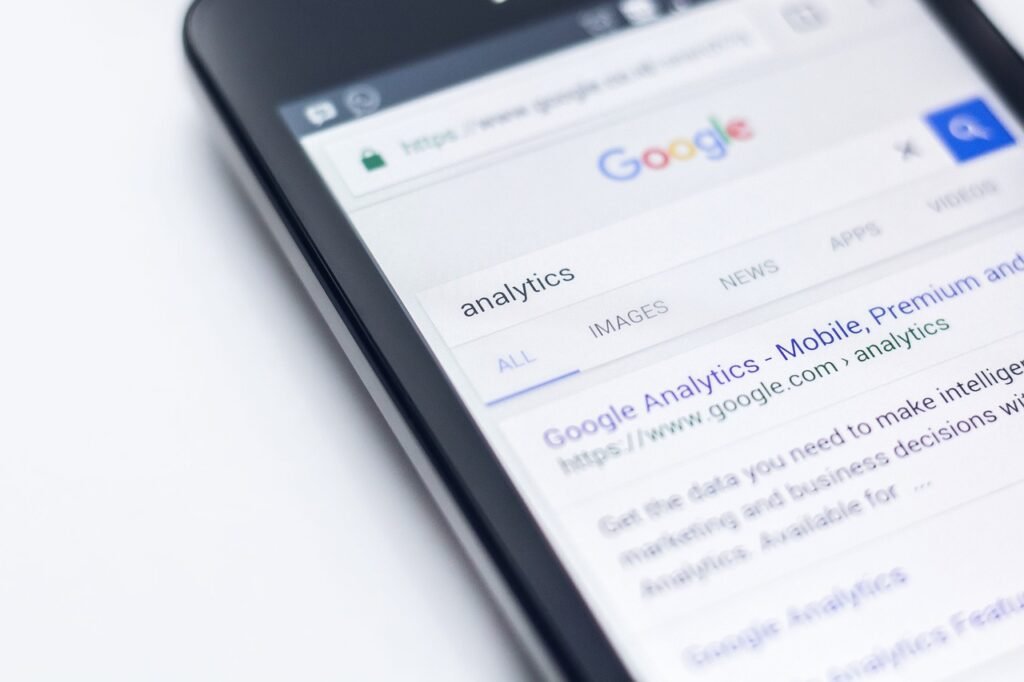


Comments are closed.